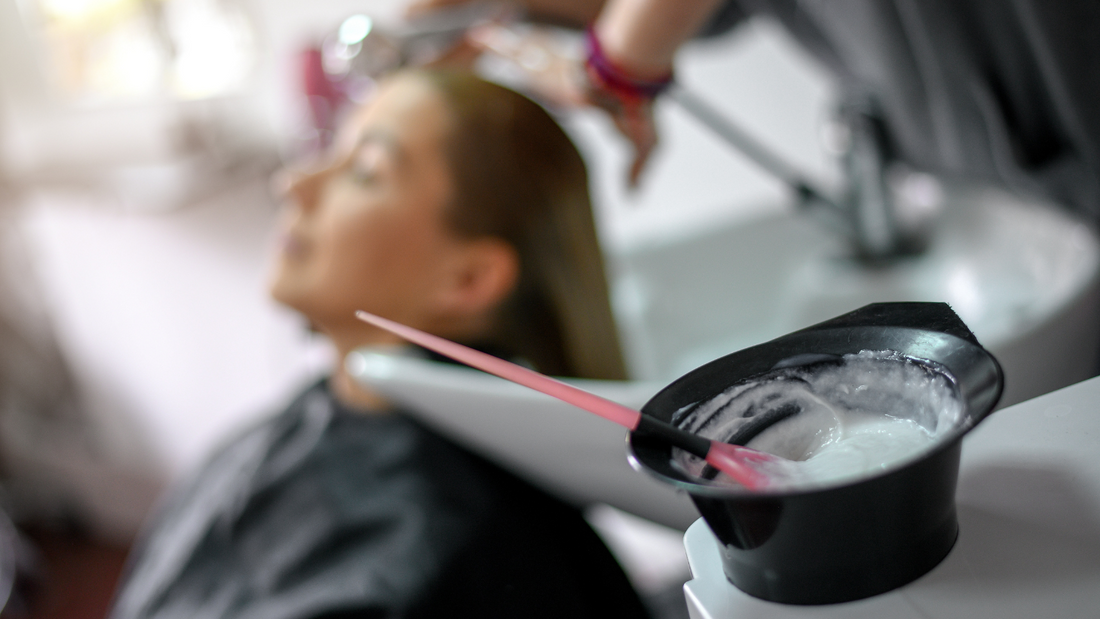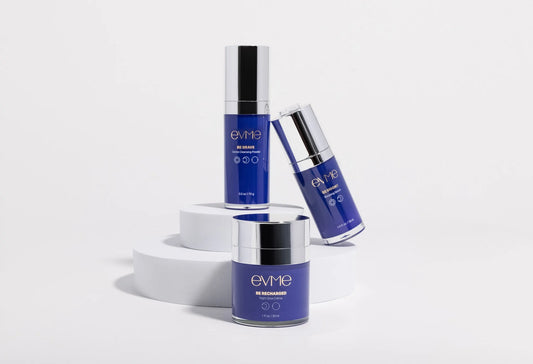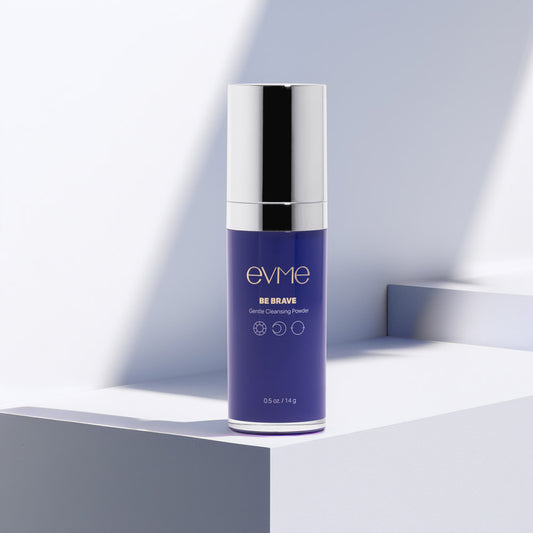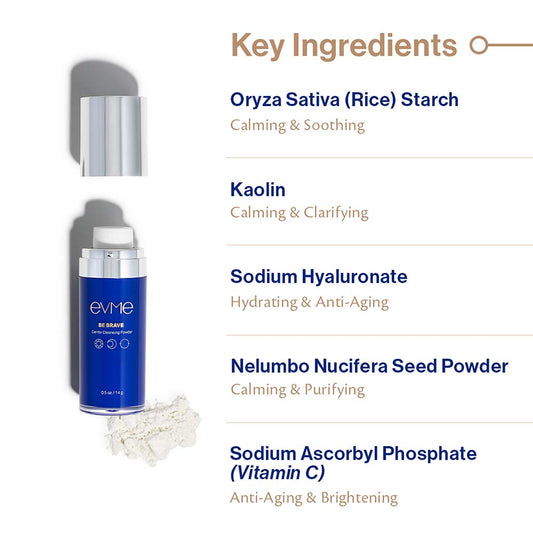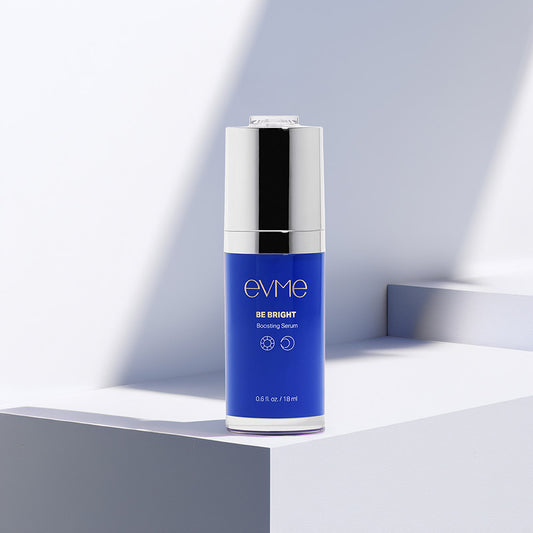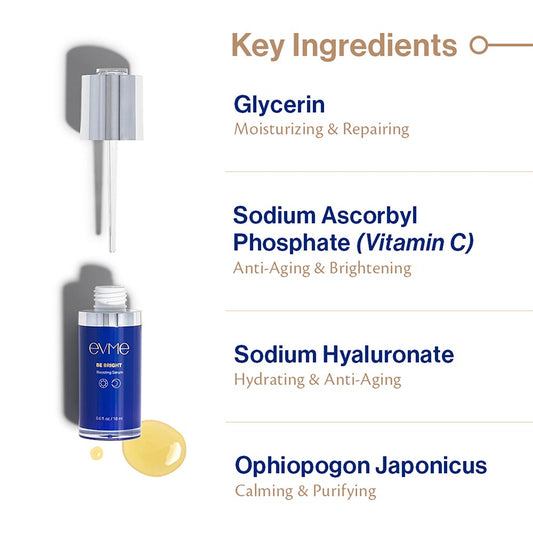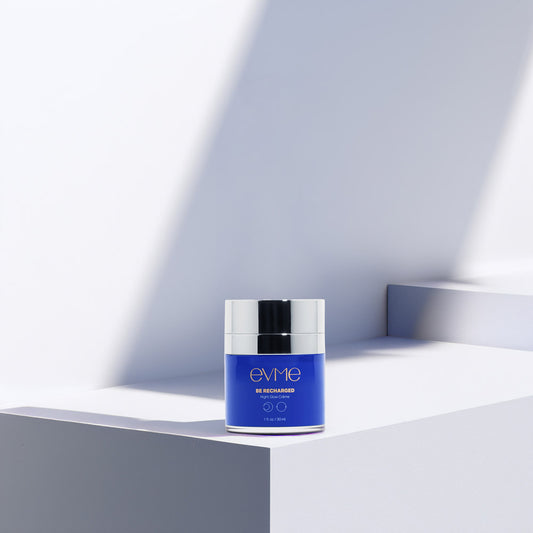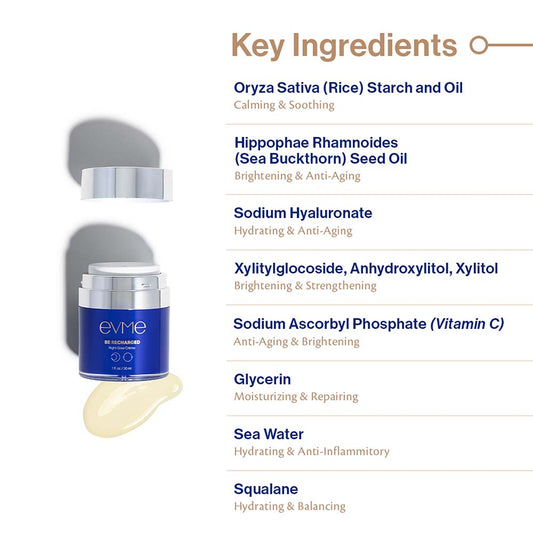Try Evme, allergist-created luxe skincare for sensitive and allergic skin.
Shop All ProductsHow to Read A Label Like an Allergist: What you Need to Know
March 14, 2023
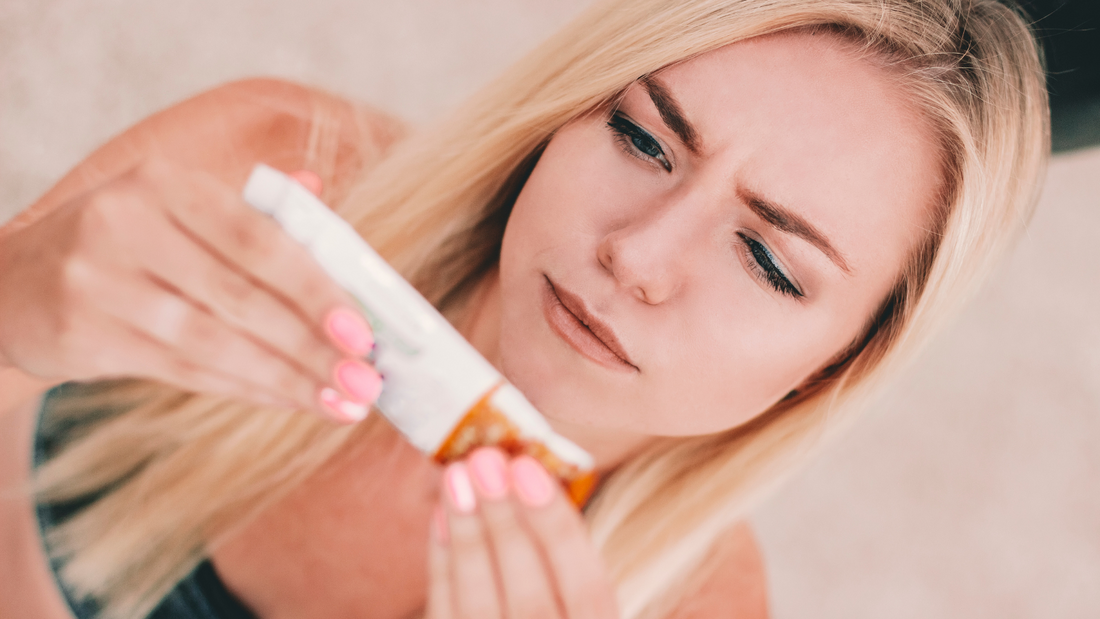
Back To Articles
Patients often ask me how they can avoid future skin reactions when we don’t always know the exact ingredients that caused them to react? With poor testing for skin allergies available to us, this is not an uncommon scenario.
One of the things I have personally found helpful is to familiarize myself with reading labels for personal care products (and foods!), so that I know exactly what I’m getting exposed to. This has been increasingly important as I have dealt with skin allergies myself for many years. When I first started reading labels as a teen, I had no idea what I should look for and often felt confused and frustrated. Over the years, however, I learned how to approach reading a label. My chemistry and allergy background certainly helped, but I wanted to find a way to help allergic/sensitive people everywhere know what to do when faced with reading a label.
One of the things I have personally found helpful is to familiarize myself with reading labels for personal care products (and foods!), so that I know exactly what I’m getting exposed to. This has been increasingly important as I have dealt with skin allergies myself for many years. When I first started reading labels as a teen, I had no idea what I should look for and often felt confused and frustrated. Over the years, however, I learned how to approach reading a label. My chemistry and allergy background certainly helped, but I wanted to find a way to help allergic/sensitive people everywhere know what to do when faced with reading a label.
In my previous blog, Surprising Facts About Beauty Regulation, we discussed two important things: not every ingredient is listed on the label and you can’t tell enough about an ingredient just by it’s name.
Generally, I find the label easier to deal with when I break it down with a strategy.
General Label Reading Rules for Those With Sensitive or Allergic Skin:
1) Order of ingredients matters
Most ingredients are listed from highest concentration to lowest concentration. There is an exception for ingredients that fall below 1% of the formula, where brands can actually list the ingredients in whichever order they prefer. Most formulas on the market have tons of ingredients below the 1% line, so you may not be getting a great idea of how much of each ingredient is truly in the formula.
The reality of topical allergic reactions is that even ingredients that make up less than 1% of the formula can still cause reactions. Many reactions can also be dose-dependent, which means that a higher concentration in a formula could potentially cause a worse reaction.
2) Beware of marketing techniques
Remember that a lot of product claims have no regulation - hypoallergenic, organic, natural, clean, etc. It helps to go to the brand’s website and see how they define the category of products they use so that you know how they are vetting products for that particular label.
3) Consider formulas with less ingredients
On average, personal care products contain anywhere from 50 to 100 ingredients! Too many ingredients translates to more ingredients that you need to vet. You may want to consider a simpler formula!
However, just because a formula has less ingredients doesn’t mean it’s necessarily better for you. But that’s where #4 becomes important.
4) Start becoming familiar with ingredients that can cause reactions for sensitive or allergic skin
Ok, I know what you are thinking. How do I do this? There are thousands of potential ingredients, how will I know if something can cause reactions?
The best thing you can do is become familiar with the top reactors. These make up a majority of reactions and is a great screen to start with.
A few categories of ingredients to be aware of:
Fragrances:
- Avoid both synthetic and natural fragrances. Sometimes this can be listed just as “fragrance” or “parfum”. Fragrances make up the majority of reactions to personal care products.
- Avoid essential oils as they are a huge source of reactions
- There are preservatives in pretty much all formulas and they are not all bad. Preservatives get a bad rap, but let’s face it, we don’t really want our products growing bacteria or mold! These are usually listed towards the end of the label.
- The three categories I have seen the most (and are the most reactive) are formaldehyde and formaldehyde releasing agents, Methylchloroisothiazolinone (MCI) and methylisothiazolinone (MI), and Propylene Glycol. Read my previous blog on preservatives to learn about other preservative allergens.
- Nickel in my skincare/cosmetics?!?! Yes, it can be hidden in there. We primarily see metals in makeup (i.e. metallic eyeshadow/pigments, magnetic eyeliner for lashes). Learn more about metal allergies here. Cobalt, Chromium, and Palladium can also be reactive.
- According to a recent article in JAMA dermatology, almost all “natural” skin care products contain contact allergens. Natural isn’t always better for those with allergies.
- Special shout out for Propolis (Beeswax) and Lanolin (a common moisturizing factor in breastfeeding creams and even in some big brand names like Aquaphor and Eucerin). These have both been associated with contact reactions!
- Acrylates are very common in personal care products and a variety of these can cause skin reactions (ex: eyelash glue, gel nails).
- If you’ve had itchiness or rashes on your scalp or face/neck after coloring your hair, PPD could be a problem for you.
Although I’m not generally a fan of Dr. Google, I think the internet can sometimes be helpful when researching ingredients. There are some databases like EWG and SkinSafe that can help you learn more about ingredients. No database is perfect in my opinion, so keep a discerning eye.
I know first hand how hard it can be to read labels when you have allergies or sensitivities, but I hope there are some tips here that can help you navigate this process better.
Evme takes the time so you don’t have to
At Evme, we have thoroughly vetted all of our ingredients from source to shelf for those who have sensitivities or allergic skin reactions. Check out The Evme Method — the unique process we use to ensure our ingredients are trustworthy.
Recommended articles
close
Evme Sans-Allergenic Skincare Products
- Choosing a selection results in a full page refresh.



